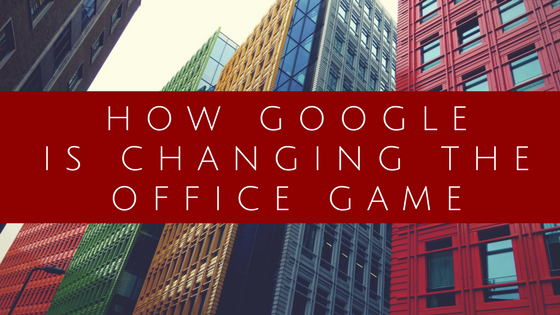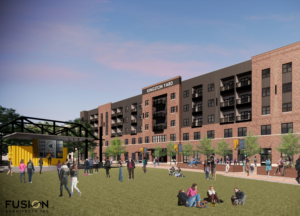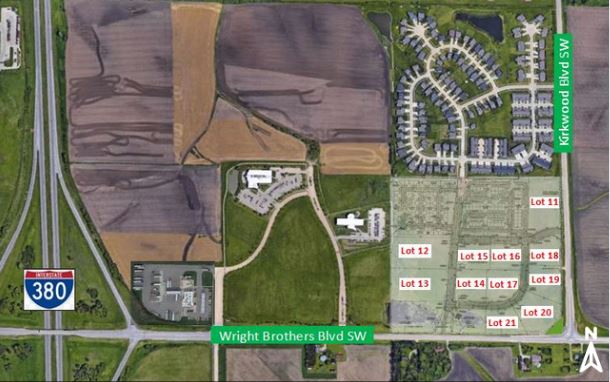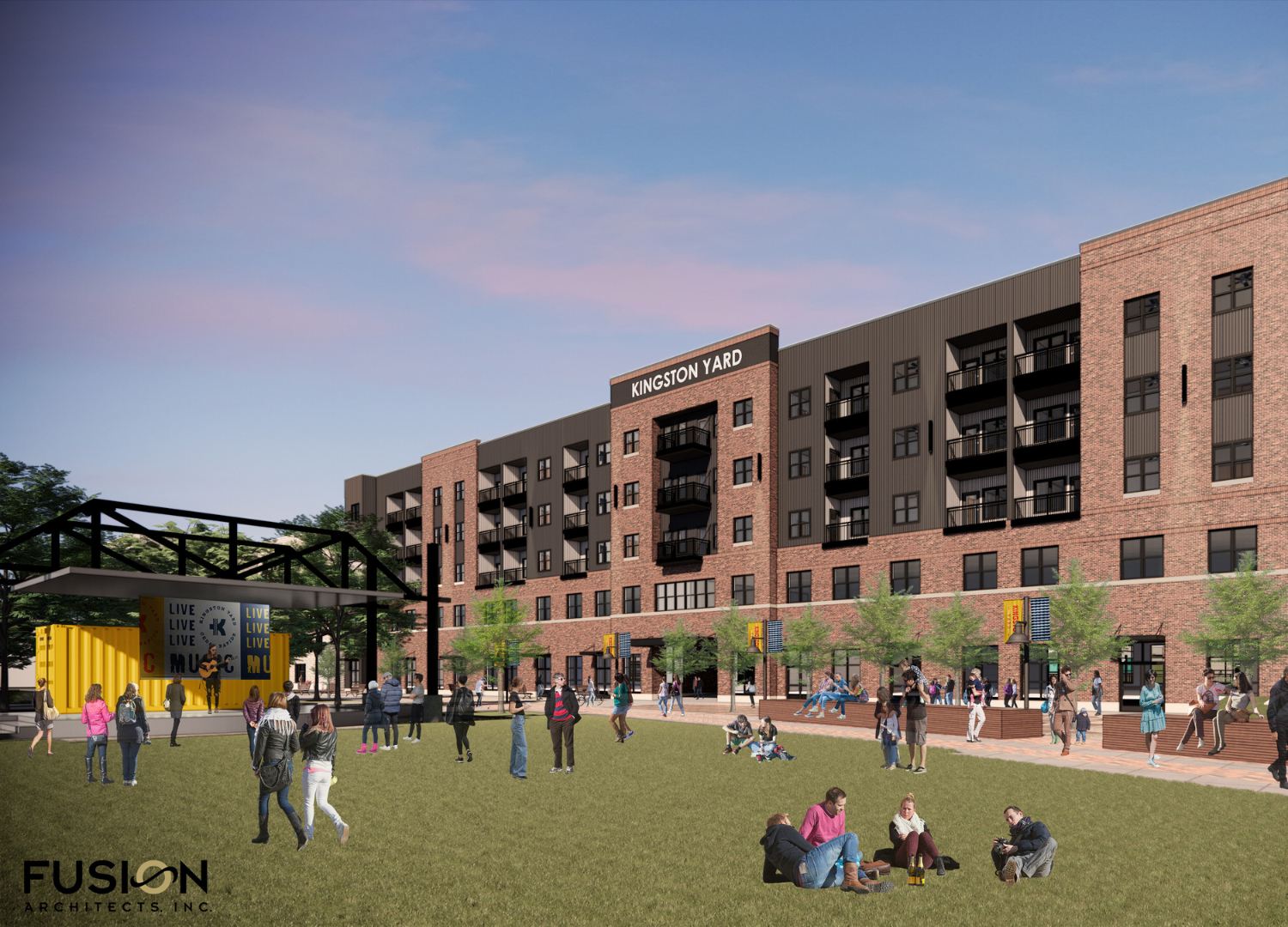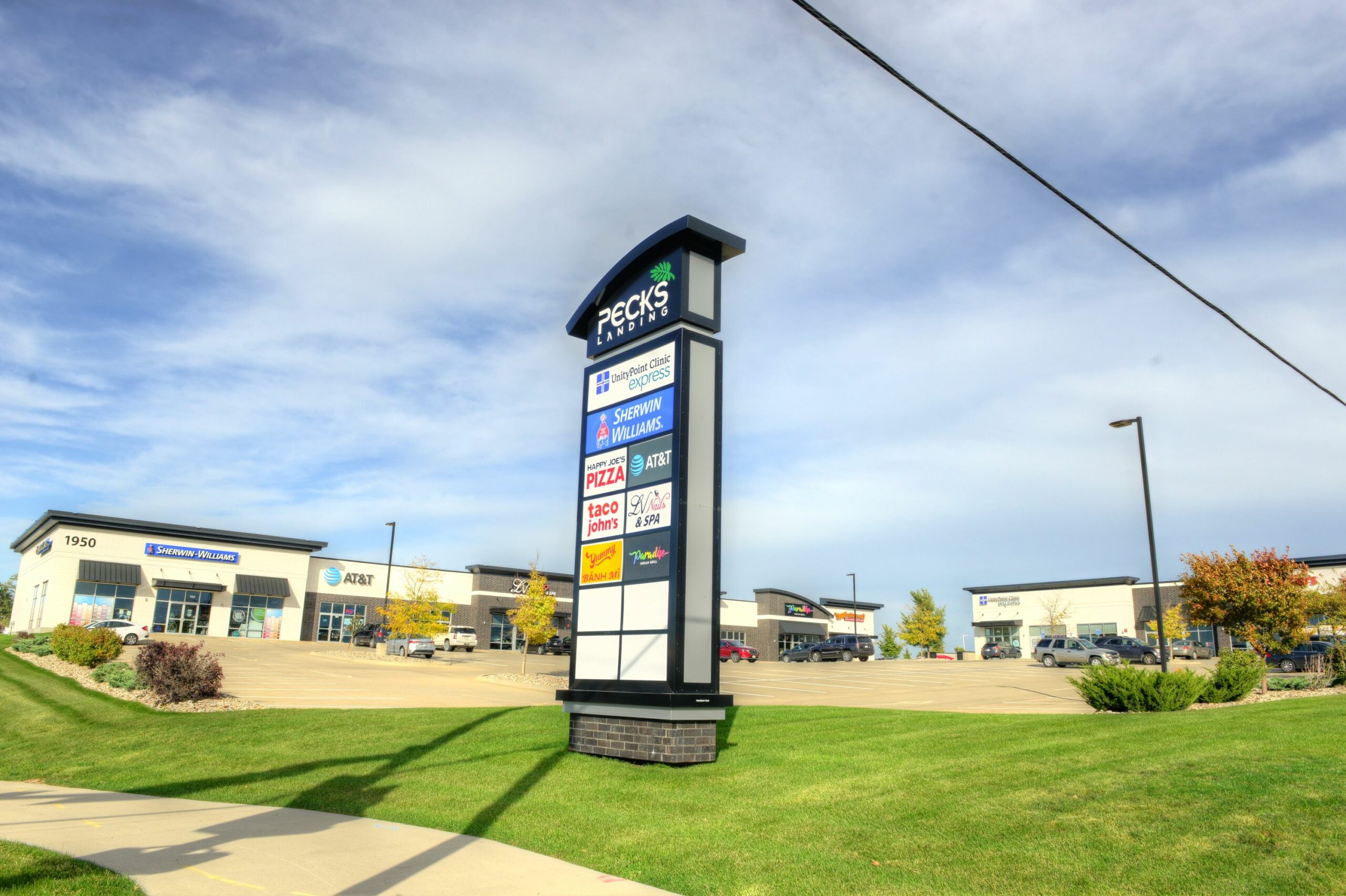How Google Is Changing the Office Design Game
Google’s office design is defined by two concepts: fun and function. The tech giant maintains more than 70 offices across 50 countries, each featuring next-level design and amenities that nurture creativity and productivity. Not every organization has Google’s budget or building portfolio, but game-changing office innovations like these can be adapted for workplaces of any size.
Locally Inspired Office Design
Many Google offices feature design themes derived from local iconography. The New York office, for example, features subway grates, fire hydrants, conference room doors covered in graffiti, and chandeliers made of meat hooks (a reference to the nearby Meatpacking District). The campus even includes a conference room that looks like a tiny New York City apartment, complete with exposed brick and awkward family photos on the walls. Similarly, the Pittsburgh office lives up to its Steel City surroundings with exposed pipes and peeled paint that give it a rough, industrial look.
Creative Collaborative Spaces
Clever collaborative spaces of all shapes and sizes are a hallmark of every Google office because the innovative organization knows that sometimes the best ideas come when you just change your surroundings a little. Designed to match the locally inspired themes of each campus, these meeting areas are carefully crafted to spark creativity, like the meeting cocoons and hammocks installed in the birch-tree-filled surroundings of the Zurich office.
The second of three London offices mixes classic London icons with the beachy aesthetic of Brighton, a popular vacation spot by placing desks inside bumper cars and red phone booths and meeting rooms inside beach cabins. Giant colorful dice hide video conferencing stations. The newest of the three London locations features meeting pods clad in leather and tweed to echo the old-style British iconography of that office. Velvet curtains lead to a town hall conference room. No matter the design theme, every office features a variety of meeting areas so that a group of any space can find a place to work together that meets their needs.
Office Design- Social Spots
Google employees (also known as “Googlers”) work hard and spend long hours at the office, so the company builds in social spaces where workers can relax and build relationships with colleagues outside of a work context without having to leave the office. Gyms host free fitness classes and intramural sports that Googlers are encouraged to participate in, while recreational areas like bowling alleys and climbing walls provide a more casual way to blow off steam while getting to know coworkers.
Food also provides important social opportunities, especially since so many employees eat at the office to save time and money. Cafeterias become an extension of each campus’s collaborative spaces as well as cozy places to relax, and the juice and coffee bars that dot office landscapes double as quick touchdown areas.
Inter-Office Transportation
As its corporate campuses can grow quite large, Google famously provides scooters and bikes for employees to traverse between its buildings. Other facilities take a different tack – the Zurich office, for example, has a fireman’s pole for quick and easy access to lower floors. If your office isn’t big enough to require wheeled transportation, what about adding clever wayfinding elements or distinct pathways?
Healthy Buildings
Fitness and activity spots aren’t the only places where Google emphasizes employee wellness. The company has established itself as a leader in sustainability. In addition to funnelling billions of dollars into renewable energy every year, Google finds other creative ways to reduce resource waste. One notable initiative to reduce food waste led Google to purchasing “ugly produce” (fruits and vegetables with harmless cosmetic issues) for its menus. “Ugly” produce is often turned down by grocery stores for not looking right, which often leads to wasted food that rots in the field.
Healthy ingredients are a little tougher to find when it comes to building materials, however. There is no single accepted standard for building material health yet, so Google pushes potential vendors to adopt additional transparency measures, ultimately making product health more transparent for buildings of all sizes and types. In the meantime, Google avoids purchasing products that contain volatile organic compounds (VOCs) and eliminates particulates and any remaining VOCs with dual-state air filtration. The company also focuses on products that don’t contain materials found on the Living Building Challenge Red List or the EPA’s Chemicals of Concern.
This legacy of determined innovation leads to offices where employees both work hard and play hard – the kind of workplaces Googlers look forward to arriving at every day. Take a cue from this thought leader the next time you have to renovate and incorporate functional fun into your office.
If you’re looking for a new office space to incorporate some (or all) of Google’s office concepts please contact Craig Byers at Q4 Real Estate at 319-294-3339.

